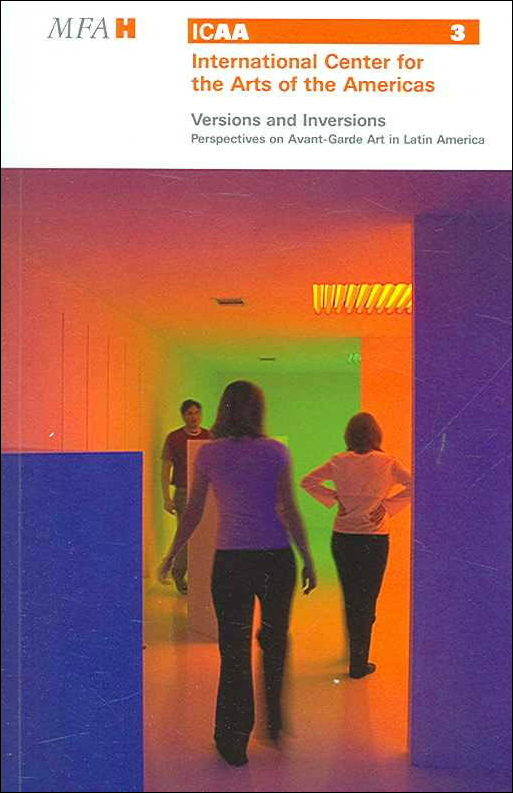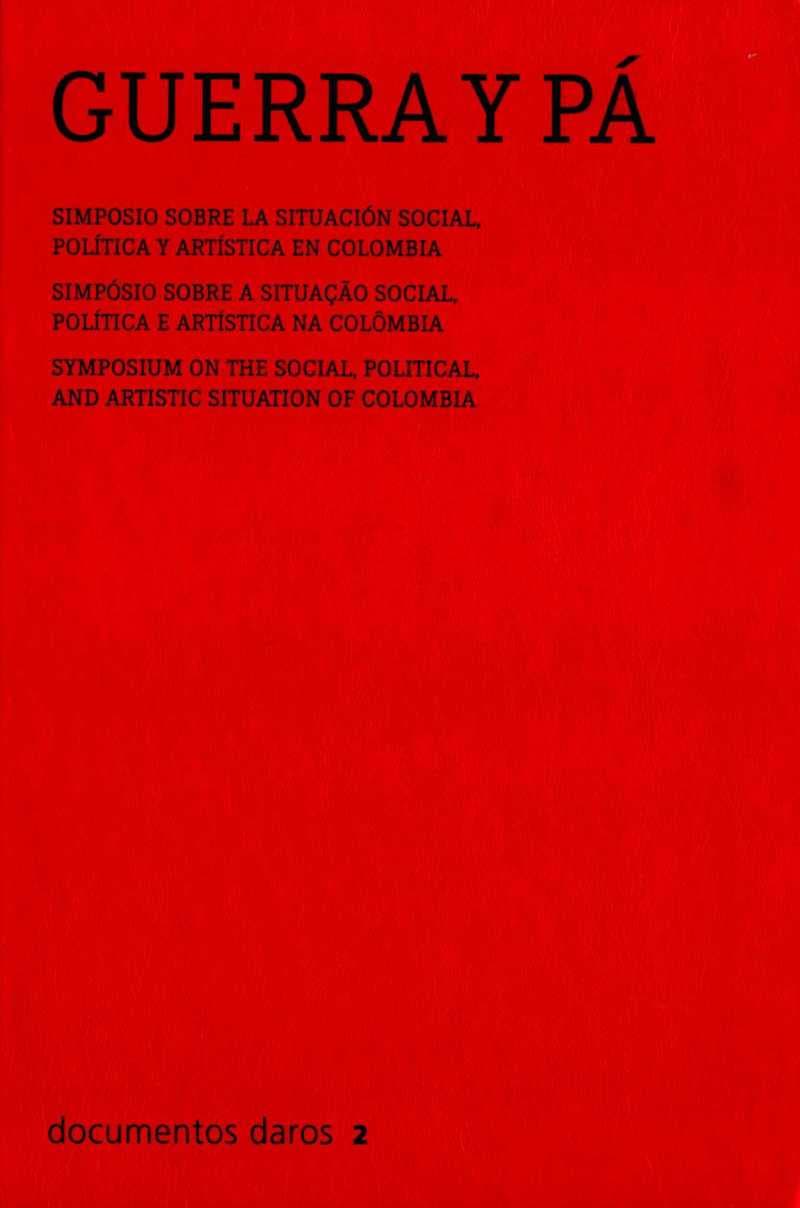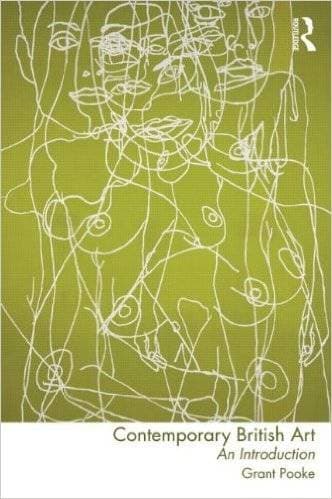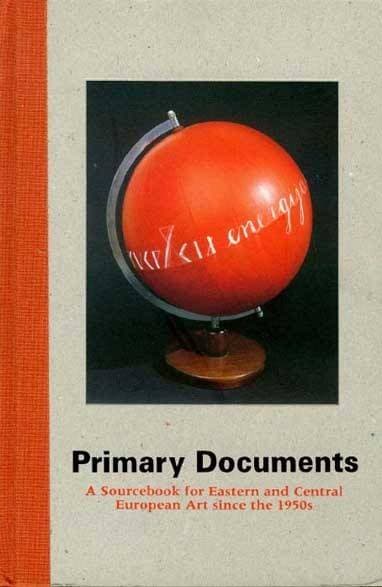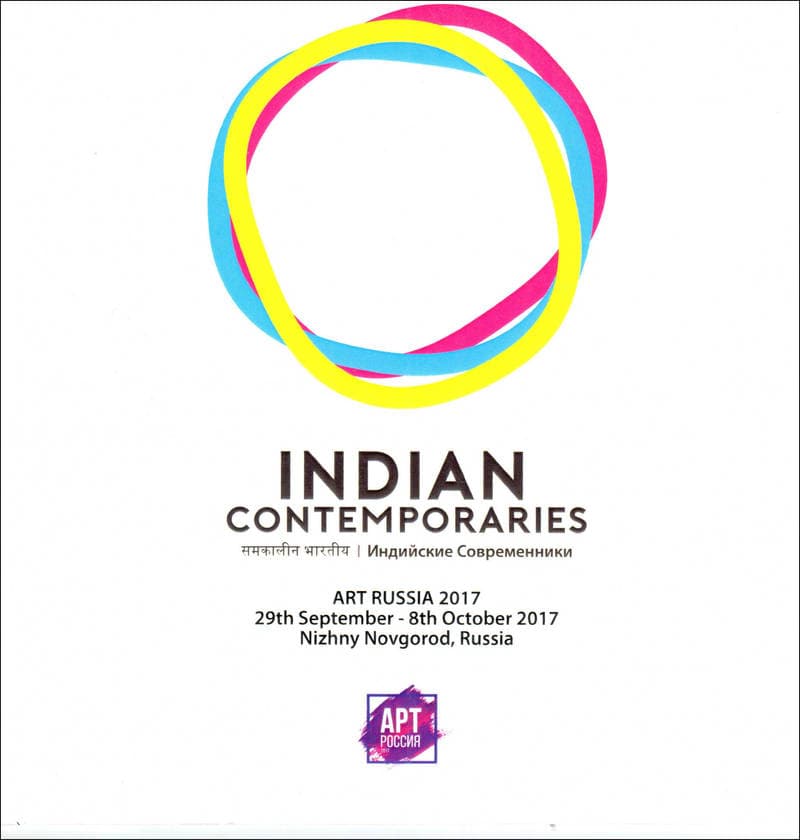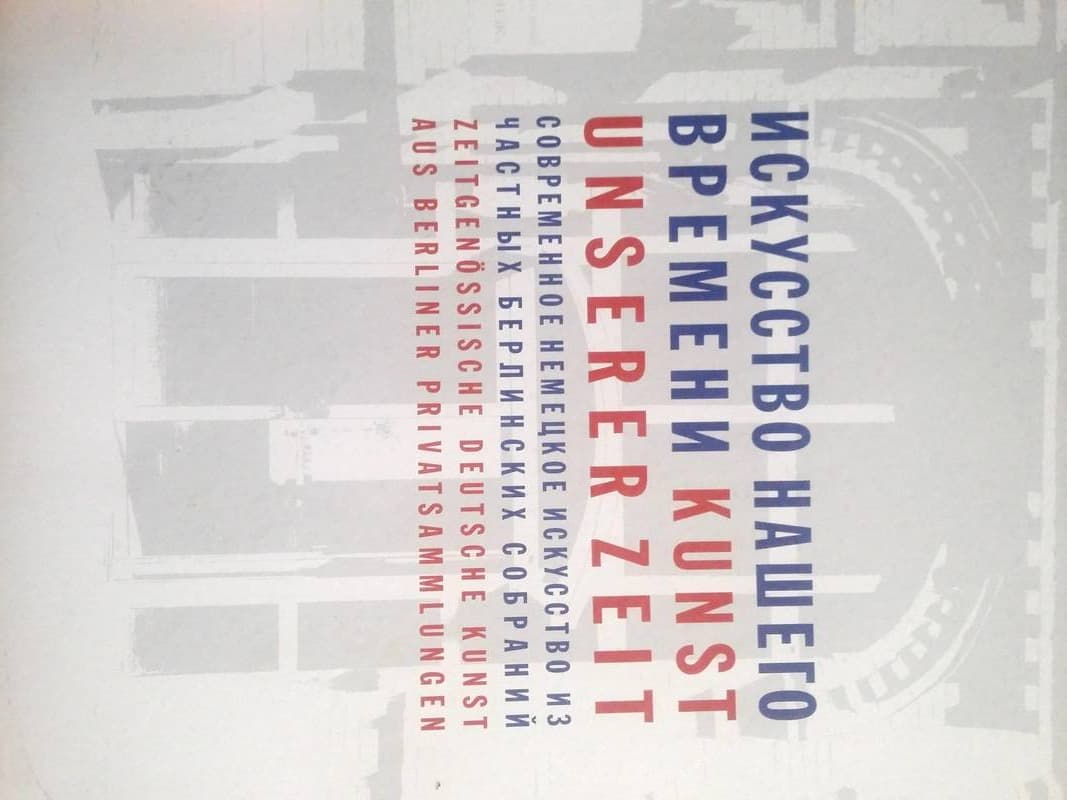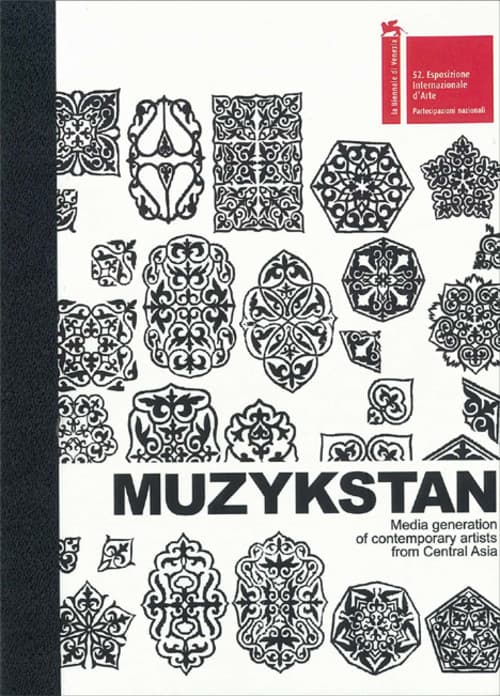Versions And Inversions: Perspectives on Avant‑Garde Art in Latin America (International Center for the Arts of the Americas)
In the twentieth century, avant‑garde artists from Mexico, Central and South America, and the Caribbean created extraordinary and highly innovative paintings, sculptures, assemblages, mixed‑media works, and installations. This innovative book presents more than 250 works by some seventy of these artists (including Gego, Joaquin Torres‑Garcia, Xul Solar, and Jose Clemente Orozco) and artists' groups, along with interpretive essays by leading authorities and newly translated manifestoes and other theoretical documents written by the artists. Together the images and texts showcase the astonishing artistic achievements of the Latin American avant‑garde. The book focuses on two decisive periods: the return from Europe in the 1920s of Latin American avant‑garde pioneers; and the expansion of avant‑garde activities throughout Latin America after World War II as artists expressed their independence from developments in Europe, and the United States. the belief that artistic creations could present a form of utopia — an inversion of the original premise that drove the European avant‑garde — and serve as a model for a new society. As an insightful source for new ideas about the nature and function of modern art, Inverted Utopias is an essential book that will become a classic text in the field.
Details
Lippard Lucy R. (Article author), Linari Gabriel Peluffo (Article author), Giunta Andrea (Article author), Ramirez Mari Carmen (Article author), Olea Hector (Article author), Smith Terry (Article author), Storr Robert (Article author), Salzstein Sonia (Article author), Marzio Peter C. (Article author), Camnitzer Luis (Article author)
Houston
2006
303 pages
9780300116526
Available on request
Yes
No
709.4 Lat
1
- Guerra y pá. Simposio sobre la situación social, política y artística en Colombia/ Symposium on the Social, Political and Artistic Situation of Colombia2006
- Meta‑Sex 94: Identity, Body and Sexuality1994
- Contemporary British Art: An Introduction2011
- Primary Documents: A Sourcebook for Eastern and Central European Art Since the 1950s2002
- Na robu = On the Brink: Vizualna umetnost v Kraljevini Jugoslaviji (1929–1941)2019
- Indian Contemporaries/ Индийские современники2017
- Culture and Consensus: England, Art and Politics Since 19402015
- Искусство нашего времени/ Kunst unserer zeit1997
- Muzykstan. Media Generation of Contemporary Artists From Central Asia2007
- Американская живопись: Двадцатый век1995
- Radicalism in the Wilderness: International Contemporaneity and 1960s Art in Japan2016
- Place And Politics In Latin American Digital Culture: Location and Latin American Net Art2014
